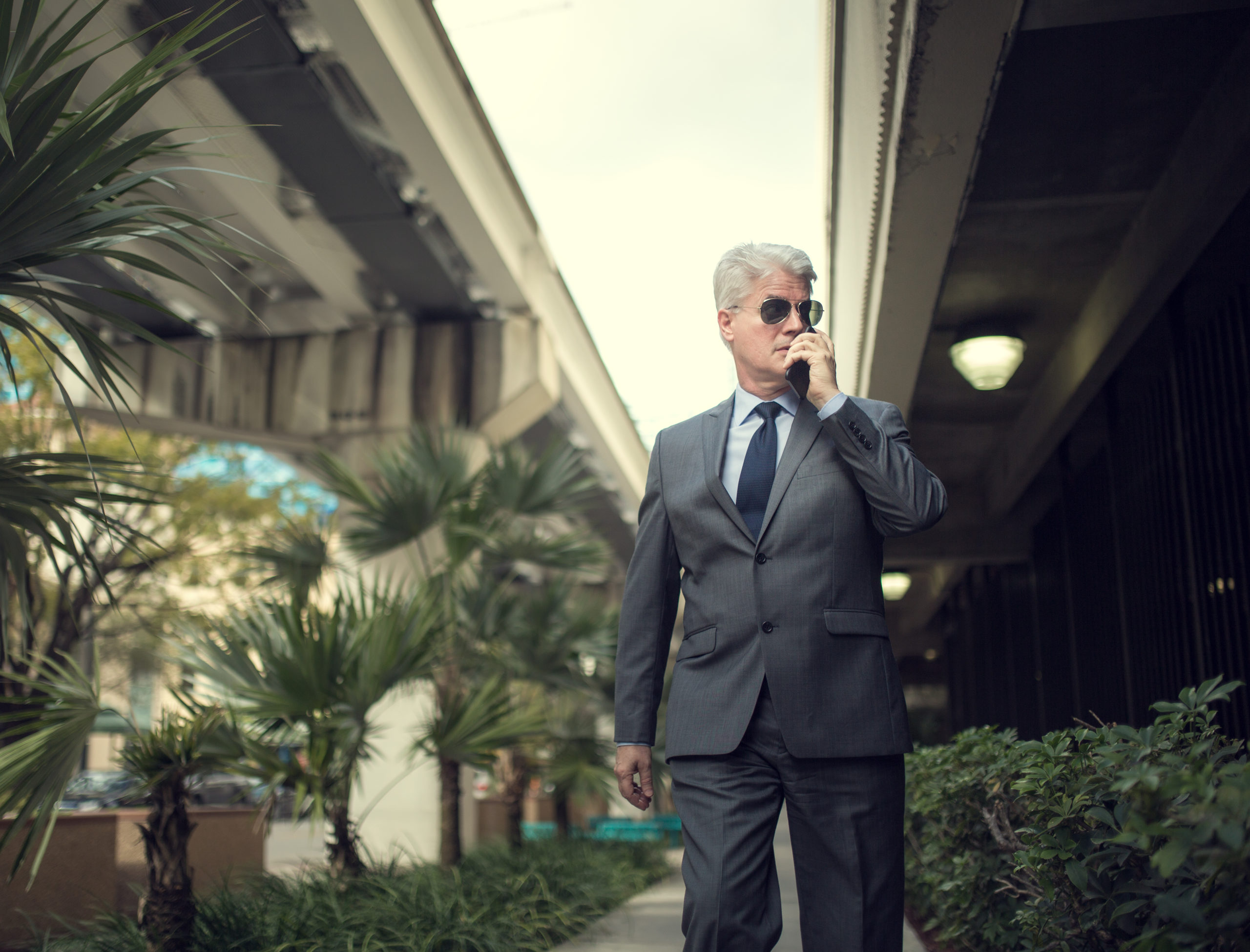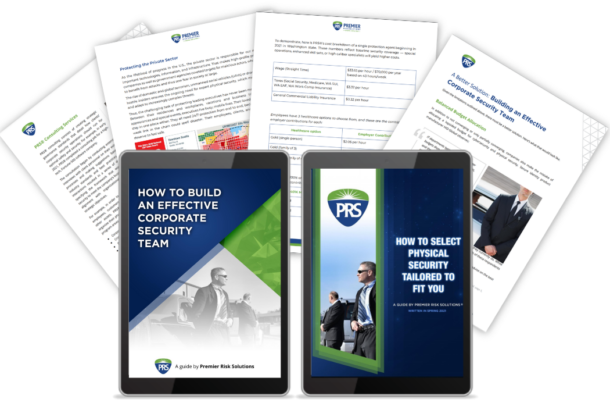Situational Awareness
The term Situational Awareness is quickly being relegated to jargon and used so often that its meaning is becoming too vague for many of us to fully understand and appreciate. At the risk of diluting more of its impact, the intention of this post is to help improve organizational capacity for Situational Awareness. Before that can be achieved, however, we must first offer (yet another) brief definition.
What is it exactly?
At its core, Situational Awareness is observation plus perception, underpinned by understanding. And that level of understanding is informed by how familiar we are with our surroundings and there environmental and cultural norms.
By understanding how we can increase our observations, we can then help to reduce the risk of injury to ourselves by more accurately recognizing potential threats to our security.
Our level of awareness depends on how observant we are, and in varying degrees, help us make sense of the situation around us. As humans, we benefit from multiple senses working together to inform our perception of where we are, and what might be happening.
And that perception can be inherently subjective because it is supported by our personal experiences, professional training, and cultural values.
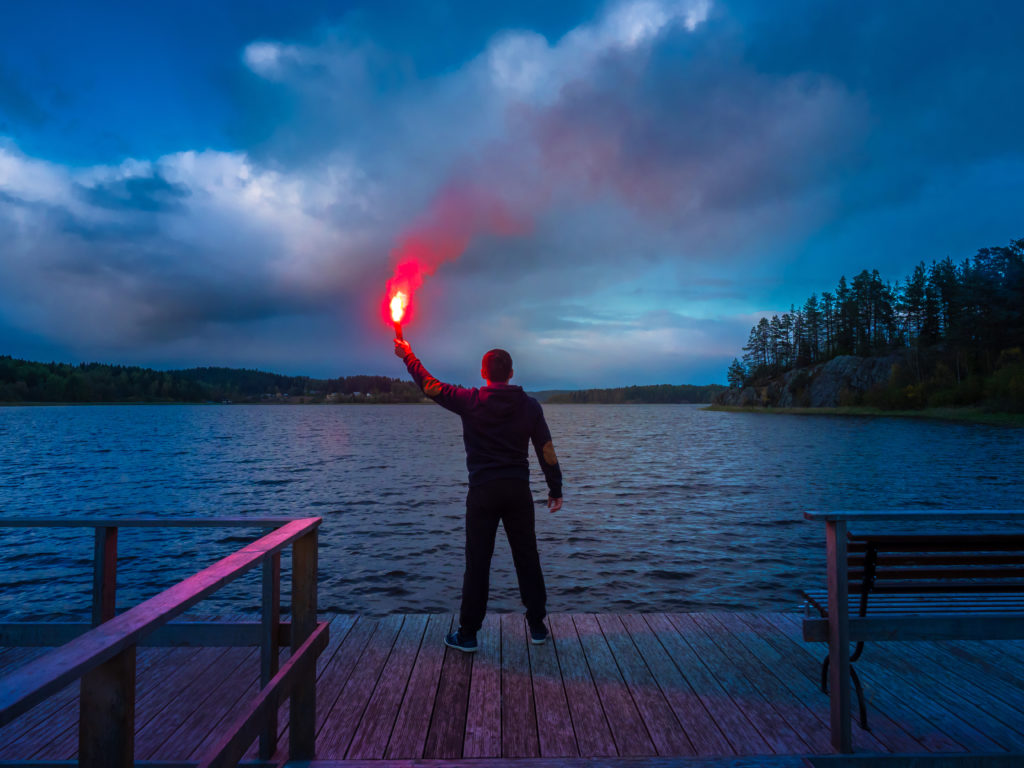
A brief thought experiment:
Suppose we woke up suddenly in an unfamiliar setting feeling completely groggy. It is still dark and through the window we notice it getting brighter. In short order, our senses work together to increase awareness of our current situation. Our eyes scan the room for not just casual features, but whether anyone or anything present can be a threat to our safety.
We notice the smell of bacon and conclude there is a kitchen nearby or perhaps it’s breakfast time. We feel a chill in the air, hear the wind howling outside, and assume there’s a winter storm. Absent the sound of traffic, the notable quiet helps us imagine ourselves far from the city.
After a few minutes, we begin to settle our minds, stand, and observe our surroundings a bit more deliberately. We now notice our personal luggage by the door, a ski brochure next to the TV stand with ads in a foreign language, and the power outlets on the walls are shaped differently.
It’s all coming back. It has been a few years, but still familiar. We take a deep breath, smile, and realize we are finally back at this mountain resort, safe, and recovering from the long travel … and a few sleeping pills.
Let’s break this down.
In this scenario, our observation of new surroundings (E.g., initial scan of the room) is then coupled with our perception (E.g., the smell of bacon, feeling chilly, and noticing the quiet) to inform what becomes our ultimate understanding/judgment that we are in a familiar environment.
That conclusion required making sense of observable clues and analyzing the information based on how we were feeling, at that moment.
How observant are we?
After the attacks of 9/11, New York City created the “[if you] See Something, Say Something” campaign, which has since been adopted by the US Department of Homeland Security (DHS).
DHS’s efforts to promote general awareness nationwide included videos (still found on YouTube) that challenged viewers’ level of attention and perception.
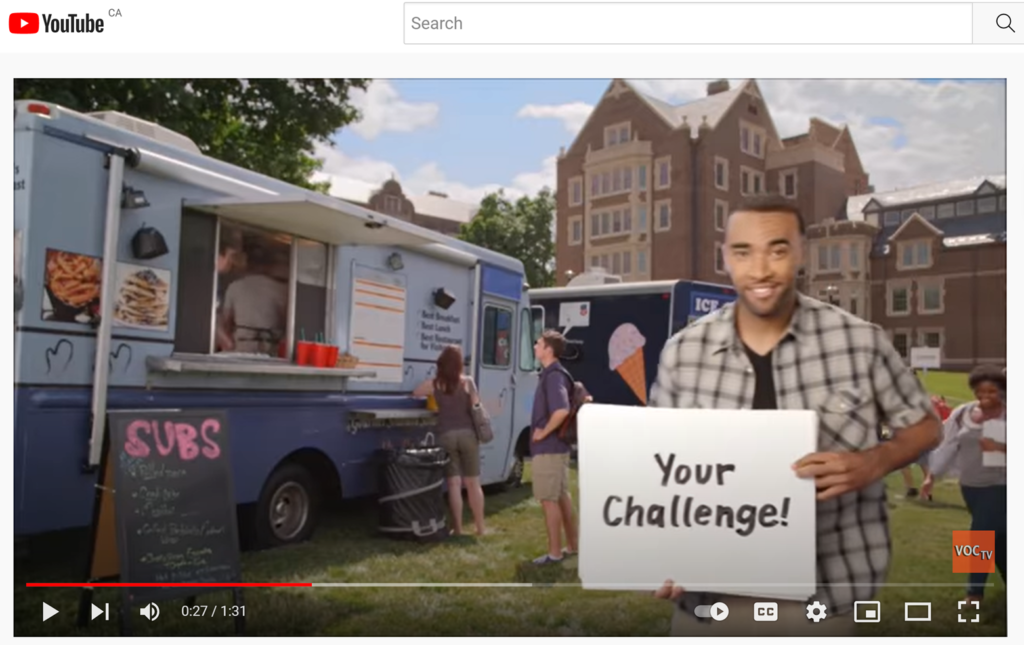
These videos usually contained a fast-paced scene where multiple actions happen simultaneously. Modeled after the classic “invisible gorilla” experiment, viewers are asked to keep their attention on one area of the action and were then tested to see if they noticed changes happening in other areas during the same scene.
While overall feedback of the videos was mixed, anecdotal successes for the campaign have been attributed by many safety experts who cite increases in bystander reporting. That is, more people are starting to say something after they see something thus generating more situational awareness.
But how can we improve this skill?
Honing our capacity for Situational Awareness can be likened to a journey. As with most journeys, it is dynamic, and the landscape changes constantly. Practice and repetition help to sharpen our mental filters, making us more capable of recognizing things that don’t quite fit. Deliberate observation is necessary.
Most of us do this daily without much effort.
In the virtual world, when scanning our emails, for example, we have a sense of awareness of spam, phishing attempts, and potential cybercrime.
From confirming a sender’s full URL or taking note of grammatical and cultural tones, we are increasingly adept at Cybersecurity and identifying digital threats – and which attachments NOT to download.
It is no different in the physical space.
When driving, we would likely reduce our speed when we notice a police officer nearby, and we’d probably avoid parking in a poorly lit area of a garage. We might move away from rowdy and boisterous crowds, etc… And we’ve come to do these things almost instinctively because we have grown more observant through exposure, experience, and training. Just like what we do daily in cyberspace.
To put it another way, we have increased our familiarity with these types of scenarios and can now respond more effectively to decrease the risk to our own safety.
From the commuter train to the corner office, our daily journey is dynamic and offers abundant opportunities to help sharpen our Situational Awareness.
The more times we experience something, such as going to a concert or navigating through a busy airport, we become ever more familiar with what is supposed to be routine, and “normal.”
So how can we improve on these skills and get to our conclusions more efficiently? And can we get there in a timely manner? The answer can be a resounding “yes!” and here’s how we can begin to increase our capabilities.
But first, a case study in situational awareness: Despite popular media often describing catastrophic events being thwarted by those with almost super-human abilities and world-class training, the reality is that a vast majority of incidents are not prevented by a Jason Bourne, but rather, regular people who are just more aware of their surroundings.
The following testimonial from a senior member of the PRS team offers an ideal opportunity to analyze a scenario most of us are familiar with. Reading through the narrative, we can easily picture ourselves at the scene and analyze what we would do in this situation.
In the following narrative, let’s consider two questions.
1) What would we have done?
2) How can we help prevent/mitigate this situation?
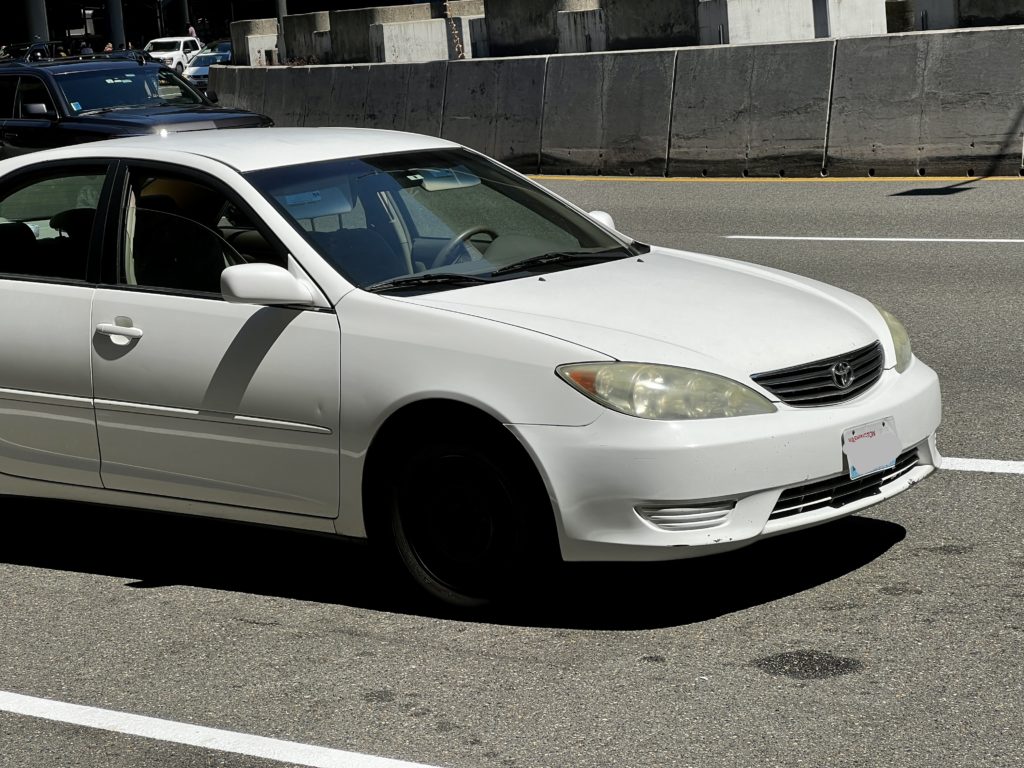
“I took the attached picture mid-day on Saturday, July 30th, 2022, at SeaTac airport. The airport was quite busy at the time with travelers’ comings and goings. This vehicle was situated curbside from baggage claim. As I walked up to take my position on the curb to await my ride, I immediately noticed no one was in or with the vehicle. I surveyed the area and did not notice any individual(s) who appeared to be keeping an eye on the vehicle. I waited a couple of minutes to see if someone may approach the vehicle figuring there is a chance they ran inside to help an elderly family member or friend or perhaps had to use the restroom.”
“ As 3-4 minutes went by and no one arrived or appeared to be minding the vehicle, I snapped this photo. I looked up Port of Seattle Police to report what I felt was a suspicious vehicle. As I located only a number to text or a non-emergency line, I decided to go the route of texting, thinking perhaps it may be a line more urgently monitored. Just as I was about to hit send on that text a younger-looking female approached the vehicle, albeit somewhat suspiciously as she appeared to have a hesitancy to stay with the vehicle. In short order, however, she decided to enter the vehicle and sit on the passenger side. At that point, I felt it was no longer necessary to report the incident as a suspicious vehicle and within another 30-45 seconds a few others appeared, jumped in the vehicle, and departed.”
“While all ended well in this scenario, the spider senses went up because of the training I have had over the years to identify situations such as this and handle them accordingly. I realize time is of the essence in reporting potentially suspicious items or equipment, in this case, I did not visibly see anything in the vehicle itself. Could an item have been in the trunk that had a nefarious purpose? Perhaps. My senses told me otherwise though once the initial female arrived and stayed with the vehicle.”
As to the first question, “What would we have done?”, given the circumstances there’s not much more that could be done at that time. Attempts were already being made to contact airport authorities and was only discontinued when the owner(s) of the vehicle returned.
Playing the “What if?” game.
We all do it, and we should. Our brains are naturally wired to seek out solutions and understand how we can best survive. Taking the above scenario a bit further, however, if we supposed that more minutes went by and the vehicle increasingly looked like it was abandoned, then we would be forced to act.
What if, there was something in the trunk?
We’d likely move farther away from the vehicle and then attempt to recruit others nearby (I.e., call out to airport employees and others, etc..) to help keep the area clear until law enforcement officials can respond and properly secure the scene and begin mitigating strategies on the car (E.g., explosives detection, etc…). Indeed, our individual efforts would have to be amplified for us to clear the area.
How can Situational Awareness be amplified (force-multiplied)?
In the US military, the use of a small number of specialists to train a larger force is designed to create a force-multiplying effect. Extra sets of eyes and ears will always help.
Simply put, a force multiplier can be anything or anyone that increases the effectiveness of that force.
In our airport scenario, the force-multiplying elements are human bystanders, airport employees, and fellow travelers who are willing to help. However, that presupposes they have been trained and will cooperate in ways that do not complicate the scene, and cause even more confusion. It’s not an ideal situation, but it might be the next best thing given the apparent absence of other security professionals.
The benefits of having even just one security agent.
Regarding Situational Awareness, a more effective force-multiplier is a professional security agent. Organizations that employ physical security agents have an inherent advantage of trusted professionals who are trained to keep a watchful presence and respond to incidents.
Beyond training and knowing proper response protocols, these agents also have the benefit of regular interaction with company personnel, the facility, and its surrounding area – all factors working to increase their understanding of what is normal and what might be otherwise concerning.
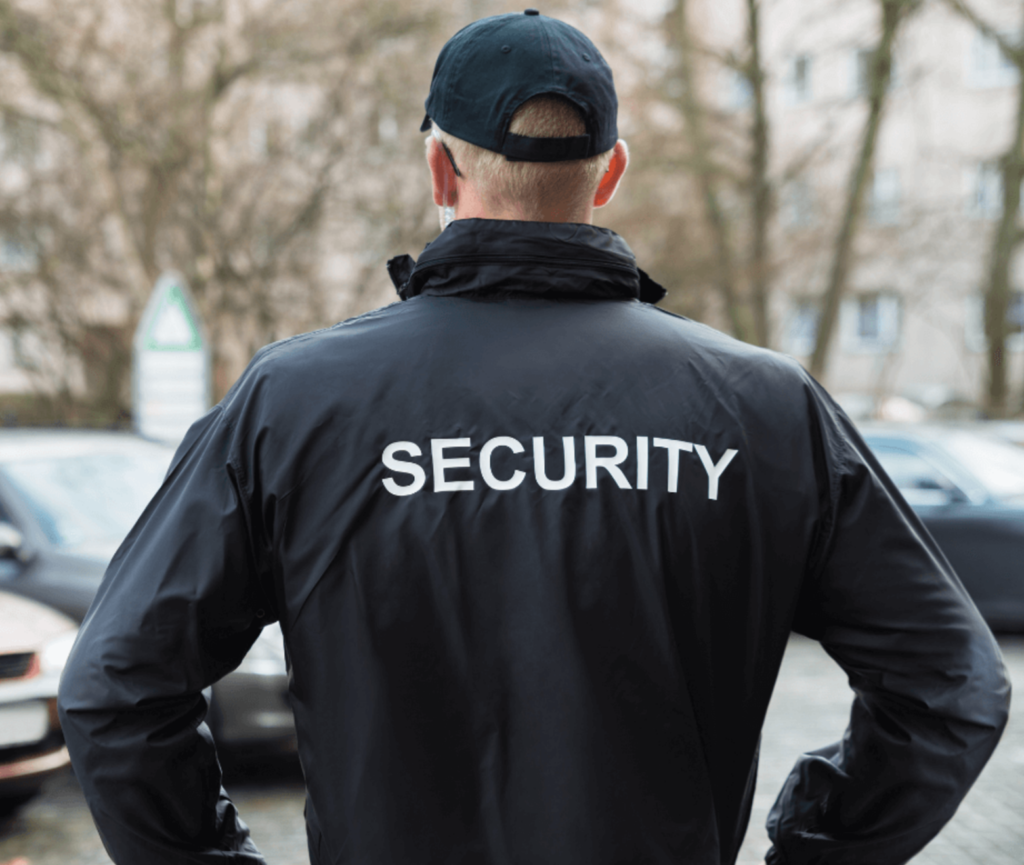
Physical security agents can also serve as a resource for employees (and bystanders) to report incidents and suspected wrongdoing without fear of judgment or retaliation.
Professional security agents are force-multipliers benefiting the entire organization, as well as neighboring facilities and indeed, the community. From assisting hybrid employees unfamiliar with the office to spotting hazards (E.g., broken and malfunctioning equipment, etc.…) and preventing trespassers with nefarious intent, professional security agents’ advantages are immeasurable to an organization and its assets.
Their high level of Situational Awareness is honed through consistent observation of their environment. In fact, an organization’s overt security presence also signals to would-be attackers that they are not an easy target for crime.
At PRS, we help protect organizations by preparing their personnel. Contact us should you want to learn more about our services.

